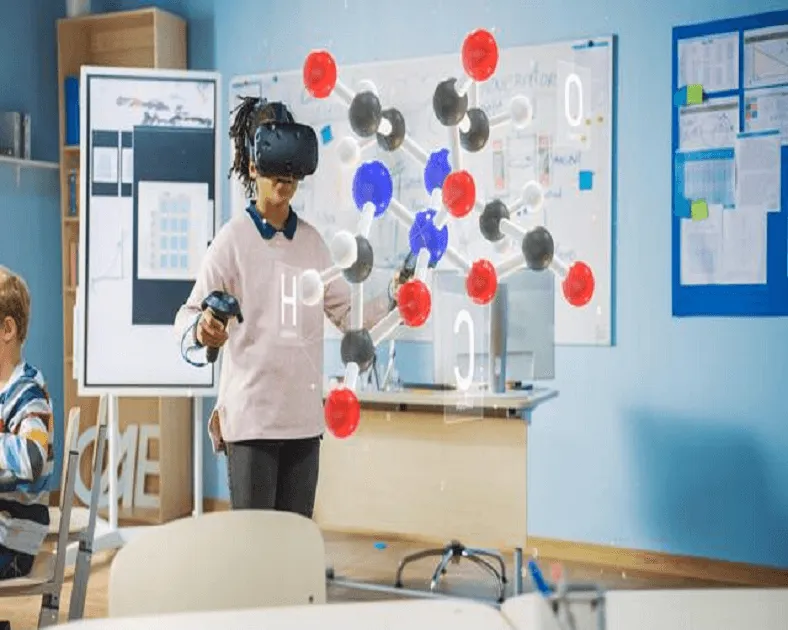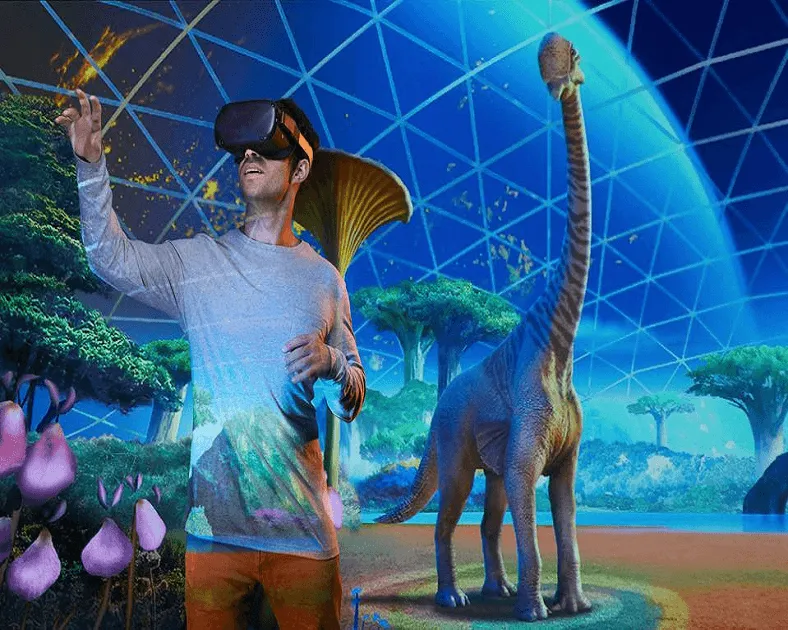Virtual Reality In Biology Animal Life Cycle
Virtual Reality / Education
Understanding animal life cycles is essential for grasping fundamental concepts in biology, ecology, and conservation. Traditional methods of teaching animal development often rely on textbooks or short videos, which may not fully engage students. With the rise of technology, Virtual Reality (VR) is emerging as an innovative tool that can enhance the study of animal life cycles, offering immersive and interactive experiences that bring these concepts to life. In this blog, we will explore how VR is transforming biology education, focusing on the fascinating world of animal life cycles.
The Benefits of Virtual Reality In Biology Animal Life Cycle
- Immersive Experience
VR provides students with a firsthand experience of observing animal behaviors and life stages, making complex concepts more relatable and understandable.
- Enhanced Visualization
Animal life cycles often involve intricate changes and processes. VR allows students to visualize these changes, such as metamorphosis in butterflies or the developmental stages of amphibians, in stunning detail.
- Interactivity
Students can interact with virtual animals, engage in simulations, and manipulate environmental factors that influence life cycles. This hands-on approach encourages active learning and critical thinking.
- Accessibility
VR technology allows students to explore habitats and ecosystems that they may never have the opportunity to visit in real life, deepening their understanding of biodiversity and animal behavior.
Real-World Applications
The future of VR in studying animal life cycles looks promising, with advancements expected in graphics, accessibility, and interactivity. As technology continues to develop, we may soon see even more realistic simulations that incorporate artificial intelligence, allowing for personalized learning experiences that adapt to individual student needs.
Conclusion
Virtual Reality is revolutionizing biology education by providing immersive, interactive experiences that enhance the understanding of animal life cycles. By allowing students to engage deeply with biological processes, VR fosters a greater appreciation for nature and the intricacies of life. As we embrace this technology, the potential for enriching the study of biology and inspiring the next generation of scientists is boundless.
Call us
Have you experienced VR in any biology-related learning setting? We’d love to hear about your experiences and thoughts! Share in the comments below, and stay tuned for more insights on how technology is transforming education in the life sciences.
Explore More Projects
We welcome your questions, do not hesitate to contact us
- Create virtual reality and augmented reality experiences at the best prices
- Equipping engineering laboratories with the best equipment
- Virtual tours with 360° technology and also feature that you can see them through just one link
- Create virtual reality and augmented reality experiences at the best prices
- Equipping engineering laboratories with the best equipment
-
Virtual tours with 360° technology and also feature that you can see
them through just one link



